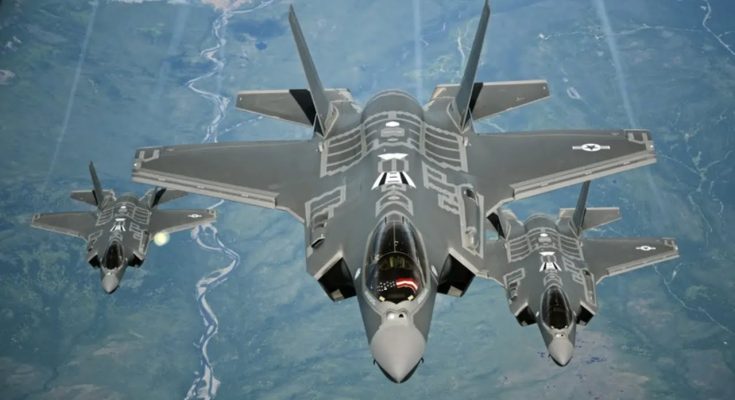F-35 Lightning II: The US Military’s Most Expensive Weapons Program
The F-35 Lightning II is a fifth-generation stealth multirole fighter developed by Lockheed Martin for the United States and its allies. It is the centerpiece of the most expensive weapons program in U.S. military history, with projected lifetime costs exceeding $1.7 trillion. Designed to replace a variety of legacy aircraft including the F-16, A-10, F/A-18, and AV-8B Harrier, the F-35 brings advanced stealth, integrated avionics, and multirole versatility to the forefront of modern warfare.
The F-35 program includes three main variants: the F-35A (conventional takeoff and landing), F-35B (short takeoff and vertical landing), and F-35C (carrier-based). This flexibility allows the aircraft to be deployed across the U.S. Air Force, Marine Corps, and Navy, as well as by allied nations. As of 2025, more than 1,000 F-35s have been delivered to operators in over a dozen countries.
One of the defining features of the F-35 is its stealth capability, which makes it difficult to detect by enemy radar. Its unique design, combined with radar-absorbing materials and internal weapons storage, enhances survivability in contested environments. Additionally, the F-35 is equipped with advanced sensors and data fusion systems that give pilots unparalleled situational awareness. The aircraft’s ability to network with other platforms also makes it a key component of modern joint and allied operations.
However, the F-35 program has not been without controversy. Since its inception in the early 2000s, it has faced numerous delays, cost overruns, and technical challenges. Critics have questioned the affordability, complexity, and reliability of the aircraft, particularly in the early stages of development. Maintenance and logistics systems, such as the now-replaced ALIS (Autonomic Logistics Information System), have also been problematic. Despite these issues, continued development and upgrades have improved the aircraft’s performance and reliability over time.
The cost of the program includes not just the procurement of aircraft, but also long-term sustainment, training, and infrastructure. Each unit costs between $80 million and $100 million, depending on the variant, but it’s the lifecycle maintenance and upgrade costs that drive the trillion-dollar figure. Still, proponents argue that the F-35’s capabilities justify the investment, especially in an era of renewed great-power competition.
In summary, the F-35 Lightning II represents a significant leap in air combat technology and joint force integration. While its high cost and development struggles have made it a lightning rod for debate, it remains a critical asset for the U.S. military and its allies in maintaining air superiority well into the 21st century.



